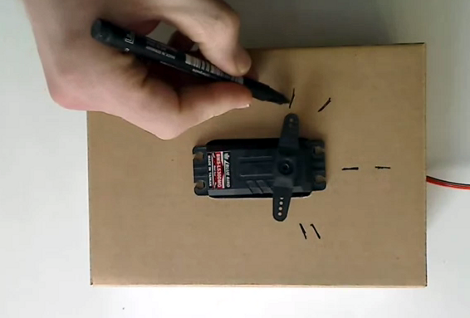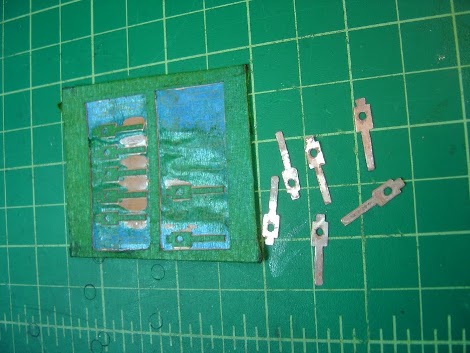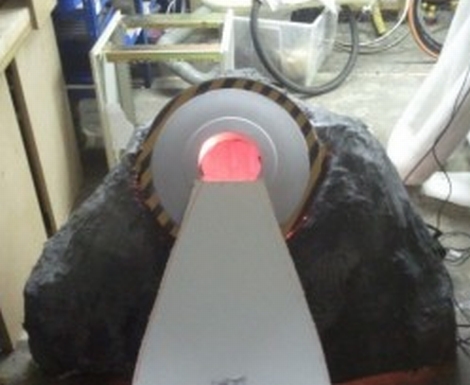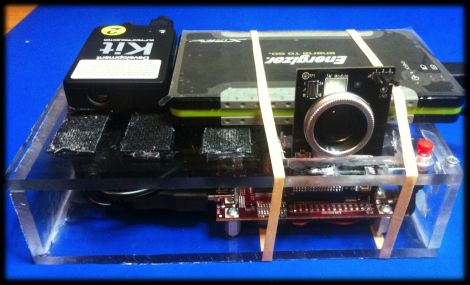
We don’t get a chance to shop some of the cooler electronic component shops here in the States, much less hop on a plane and experience the Hacker’s Disneyland that are the Asian markets. So we’re glad to live vicariously through Hackaday alum [Ian Lesnet’s] adventures. This time around he’s combed through Seoul, South Korea’s electronics markets. That link will take you to the roundup of about a dozen posts he published during his recent trip.
The image above is a screenshot from one of the videos he made of the experience. After the break you can watch him put on the tour-guide hat. We think he did a great job of explaining the experience and showing off what the market is like without letting the video drag on. The shops mostly offer a window display with all of the components they sell. To make a purchase you just window shop, then go inside and they will pull out an order for you from bulk bags stored on floor-to-ceiling shelves. [Ian] also makes a stop at the local Hackerspace where they show off some of their 3D printer builds.
This is not the first time he’s given us a tour like this, go check out his Akihabara trip if you missed it before. He’s also planning to meet up with the Seeed Studio folks to tour the shops in Shenzhen next month. Continue reading “[Ian] Shops Seoul, South Korea”
















